EU cereal feeds
● Corn 32%
● Wheat 31%
● Barley 22%
● Mixed grain 8%
● Oats 4%
● Other grains 3%
Source: USDA
With winter fast drawing in, an expected drop in animal feed costs is likely to bring some early festive cheer for EU meat suppliers.
Production of the two most popular EU feed crops - wheat and maize, which between them account for more than 60% of EU feed cereals - is tipped to be up by as much as 11% year on year, bringing a reduction in price likely to be driven down further by a drop in global trade.
EU wheat production is expected to be 154 million tonnes in 2014/15, up 8% year on year, according to Mintec, while maize is forecast to be up 11% to 71 million tonnes. The price of barley, which makes up 22% of EU feed cereals, is expected to fall as a result of the strong rival crops despite a predicted 1% dip in barley production to 59.3 million tonnes.
Maize prices are also likely to fall as a result of greater competition from wheat, with more wheat available for animal feed following heavy rain across the EU this summer that reduced the quality and made it less suitable for milling and baking. As a result, EU use of maize for feed is forecast to decrease 1% year on year while consumption of feed-quality wheat is expected to rise 20%. Barley use is projected to fall 7%.
Forecasts of good wheat and maize crops has prompted a drop in EU imports, with exports from Ukraine - the EU’s largest maize supplier - expected to fall. The Russian ban on meat imports is also having an impact; feed supplies have built up in countries that normally export meat to Russia.
This reduction in global trade and consequent increase in competition between exporters will likely cause feed grain prices to fall further, despite the return of import tax re-introduced in a bid to protect prices.
News of lower feed costs will be welcomed by meat suppliers who are seeing prices fall as a result of factors including the Russian import ban.




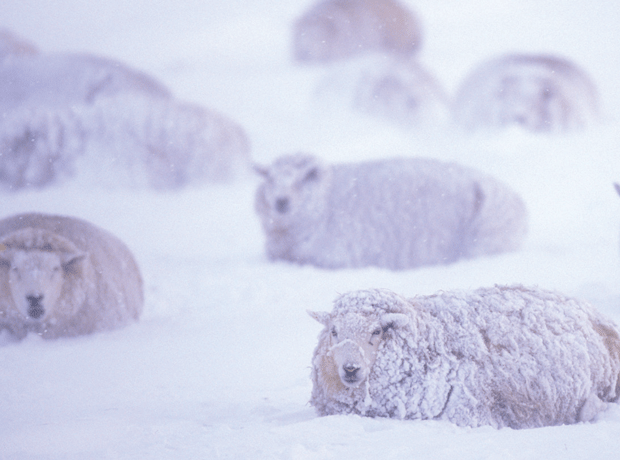
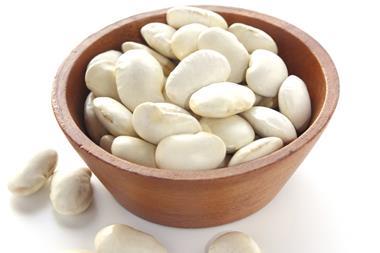
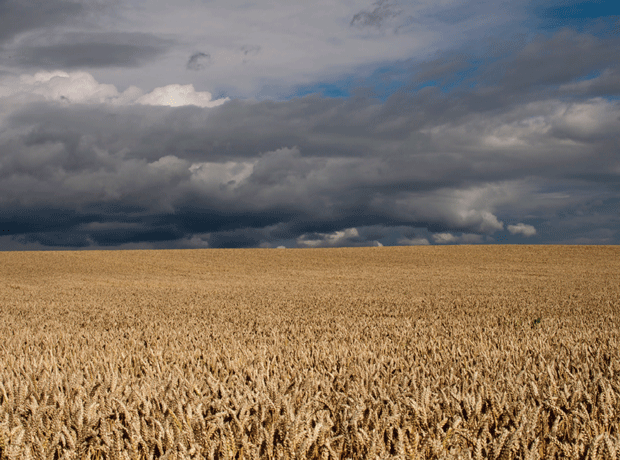

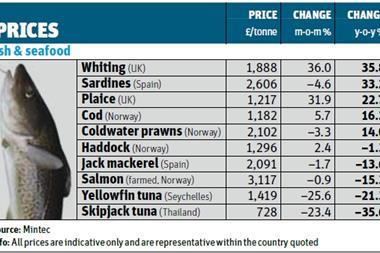
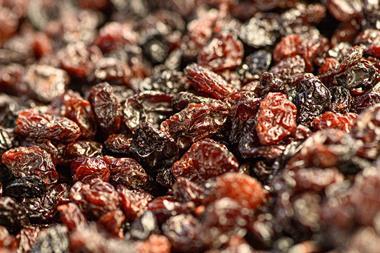

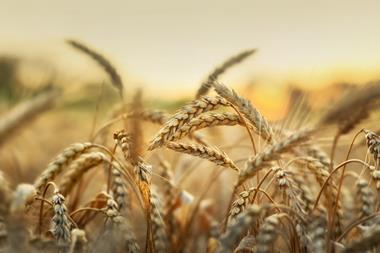
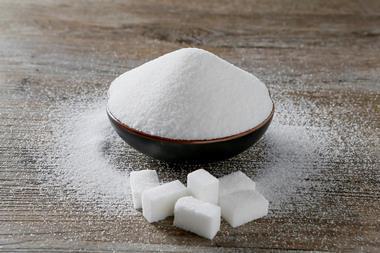
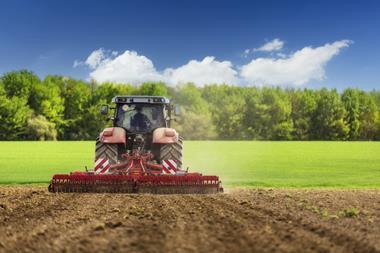
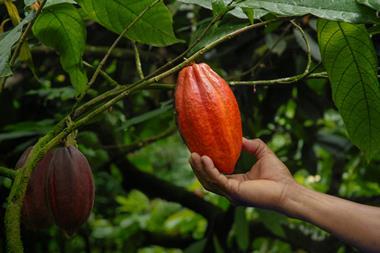
No comments yet